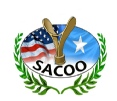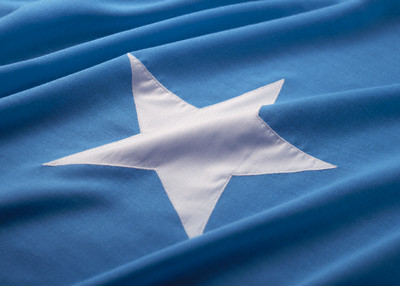In June 1961, Somalia adopted its first national constitution in a countrywide referendum,
which provided for a democratic state with a parliamentary form of government based
on European models. During the early post-independence period, political parties
were a fluid concept, with one-person political parties forming before an election,
only to defect to the winning party following the election. A constitutional conference
in Mogadishu in April 1960, which made the system of government in the southern Somali
trust territory the basis for the future government structure of the Somali Republic,
resulted in the concentration of political power in the former Italian Somalia capital
of Mogadishu and a southern-dominated central government. Most key government positions
were occupied by southern Somalis, producing increased disenchantment with the union
in the former British-controlled north. Pan-Somali nationalism, with the goal of
uniting the Somali-populated regions of French Somaliland (Djibouti), Kenya, and
Ethiopia into a Greater Somalia remained the driving political ideology in the initial
post-independence period. Under the leadership of Mohamed Ibrahim Egal (prime minister
from 1967 to 1969), however, Somalia renounced its claims to the Somali-populated
regions of Ethiopia and Kenya, greatly improving its relations with both countries.
Egal’s move towards reconciliation with Ethiopia, which had been a traditional enemy
of Somalia since the 16th century, made many Somalis furious, including the army.
This reconciliation effort is argued to be one of the principal factors that provoked
a bloodless coup on October 21, 1969 and subsequent installation of Maj. Gen. Mohamed
Siad Barre as president, bringing an abrupt end to the process of party-based constitutional
democracy in Somalia.




